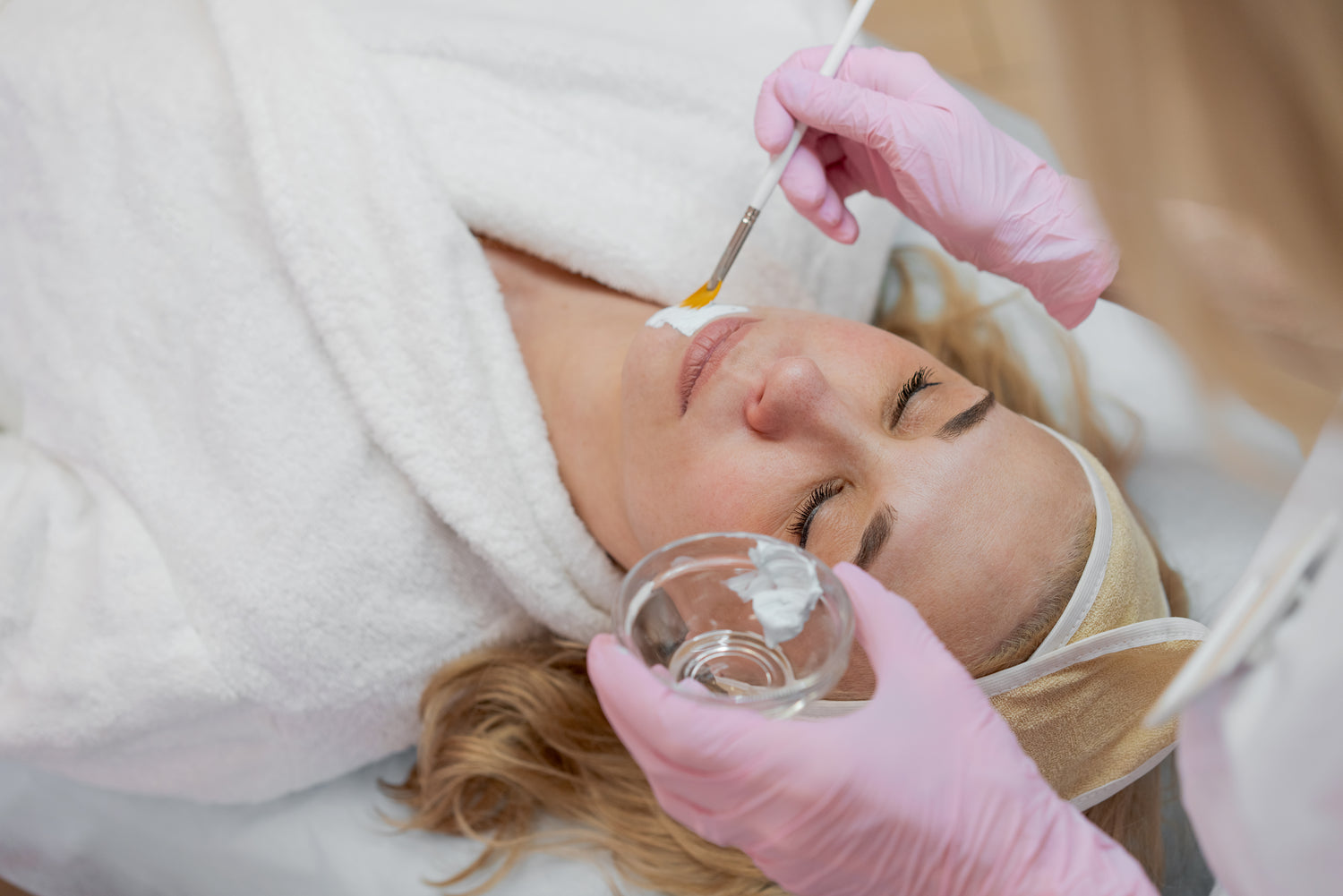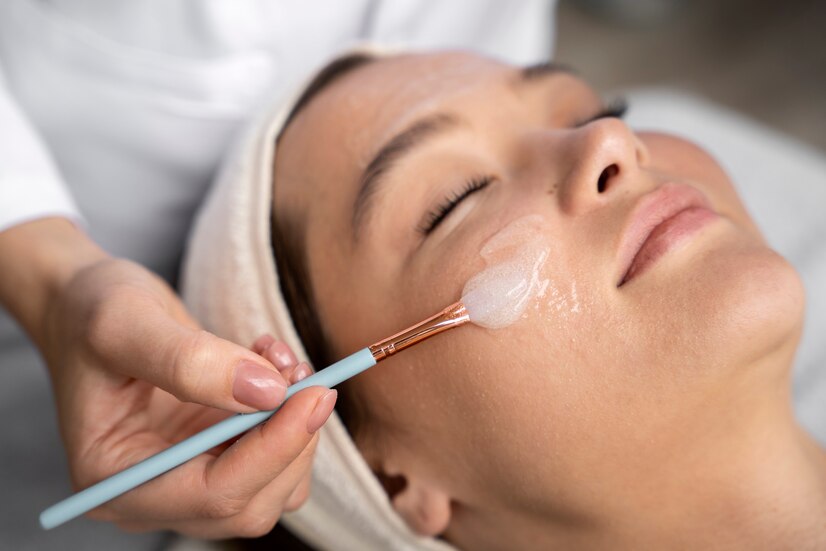About - Chemical Peels
Peeling is an exfoliating treatment that uses a solution to remove the top layers of the skin, revealing smoother, brighter skin. the peel helps reduce fine lines, wrinkles, acne scars, and hyperpigmentation, improving skin texture and tone.
How it Works
Procedure Details
Skin Analysis & Cleansing – Your skin type and concerns are assessed before prepping the area.
Application of Peel Solution – A tailored chemical solution (such as glycolic, salicylic, lactic, or TCA) is applied to exfoliate the outer skin layer.
Neutralization & Soothing – The peel is neutralized (if necessary) and soothing products are applied.
Aftercare Guidance – Clear post-peel instructions are given to promote healing and maximize results.
book nowBenefits
- Brighter, clearer, and more even-toned skin
- Reduction in acne and congestion
- Improvement in pigmentation, fine lines, and texture
- Non-invasive with quick sessions
Potential Risks
- Temporary redness, dryness, or mild peeling
- Sun sensitivity after treatment
- Hyperpigmentation or irritation if aftercare isn’t followed
- Rare risk of scarring (usually with deep or improperly administered peels)




Who Should Get a Chemical Peel?
Chemical peels are great for:
- Individuals with acne-prone or oily skin
- People with dark spots, melasma, or uneven skin tone
- Those experiencing early signs of aging
- Clients wanting smoother, more radiant skin without downtime
Not suitable for people with active skin infections, eczema, psoriasis, or during pregnancy (depending on peel type).
FAQs
What is a Chemical Peel?
A chemical peel is a dermatological procedure where a chemical solution is applied to the skin to remove dead cells, allowing new, healthier skin to emerge.
What does a Chemical Peel treat?
Chemical peels are effective for:
- Acne and acne scars
- Hyperpigmentation and melasma
- Fine lines and wrinkles
- Sun damage and uneven skin tone
- Dull or rough skin texture
Is the procedure painful?
You may feel a mild tingling or warm sensation during the peel. Deeper peels may cause more discomfort but are always monitored by a dermatologist.
How long is the recovery time?
Light peels have little to no downtime; medium peels may cause redness and peeling for 3–7 days. Deep peels can have a longer recovery period and are less commonly done in-office.
How many sessions will I need?
Results can be seen after one session, but a series of 3–6 treatments spaced 2–4 weeks apart often yields the best results.


